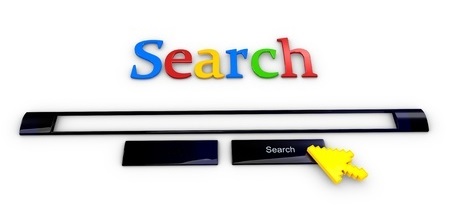10 content types that are good for SEO | Weboptim
Content can come in many forms on the web, most often text content, but increasingly there are also images, videos, infographics and interactive content.
The top 10 or 11 types - probably the most familiar - are:
- Blog posts and articles that are regularly updated
- Short-form, evergreen content and articles
- Long articles
- Images and visual galleries
- Detailed and information-rich lists
- Interactive tools and content
- Comprehensive category pages
- Multi-page guides
- Data or complex visual information
- Video from
- +1: PDF, PPT
Type 11 - which is not so recommended - is still often in the search results, and it's also the format of official documents, PDF or PowerPoint and things like that.
But they are not recommended because they are difficult to process. They are especially difficult to open on a mobile device. They are not very user-friendly and most of the time the reason why they rank well on Google is because they cite many other things (articles). When we see content marketers investing in this kind of thing and producing documents in this format, it's so that the finished content is better, more comprehensive, more useful, even though it requires a lot more work, but it can also rank better.
Which type do we use?
To determine this, we need to answer 3 main questions.
1. What are the intentions of search users? What are they trying to achieve?
Generally speaking, the purpose of a search is navigation, transaction, or information retrieval. Content marketing types cannot be paired with these types of search queries. There are a huge number of searches taking place on the Internet, and many of these must already be targeted by content marketing because we want to hear from people "yes, now I know your brand and now I think of you when I search".

Navigational searches are primarily directed to the main page, while transactional searches are directed to product pages or category pages.
But the main goal is always to find information. There can be a lot of variations of what you are looking for:
- quick answer to a question
- deep comparison of different products, services or information
- a broad overview
- professional and scientific curiosities
- multi-fibre exploration
- we seek information out of sheer curiosity
In addition to these, there are many other types of information queries. The key is to ask yourself which of these are the ones most people use to get what they are looking for and you can do a much better job. So let's pick 3-4 of these.
2. What actually appears on the results page?
For those already there, what type of information do you use? You can give us ideas or help us if we want to be different from them. Which you can see on the results page:
- 10 blue links and ads (very classic form)
- Pictures and galleries
- News in shorter or longer format
- Videos
But we can still see you:
- Instant answers, people's questions, in-depth results - these all point to the complexity of information and people's willingness to dig deep.
- Sitelinks, Map, Google extensions - these essentially give us the answers, for example, if you search for the price of a flight, the answer is there, without a click. The possibilities are almost limitless in the world of content marketing.
3. Which group is stronger? My audience or their influencers?
For both groups, there are 2 things to look out for:
- Type of device and where they are searching from: if someone is searching on mobile, it is usually a search on the go and the intention of these types of queries is to provide information, but information is needed very quickly, so it is worth considering shorter things.
- If there is hopeful next step and we know what the situation is, we can provide a multi-page guide or category page or interactive tool or detailed list.
You should consider the persons who are looking for:
- are looking for new and interesting formats that they will be fascinated by and enjoy,
- or they are looking for something familiar and trustworthy that is not new, just a simple query and that's it.

Proposals
- Don't reject new forms - even if you haven't considered using them in the past, don't reject them completely.
- Do not use a type just because it is new. A terrible idea. Use a type if it works well for your target audience because it can serve all the functions you need.
- Learn from those who have already done well.
- Don't copy someone's content just because it's easy. Trusted content is much better.
- Look at the types of content and find ways to get a competitive advantage from them. If all of your competitors are using blog posts and shorter or longer articles, you might be able to win easily with a visual gallery or interactive content.
- Take a more keyword-based approach... So when researching search engine intent, consider any word or phrase that you can come up with content for, not just one keyword or phrase. This is the best way to select the right content type for your queries and achieve the overall goal of attracting users to your site.
Source: moz.com